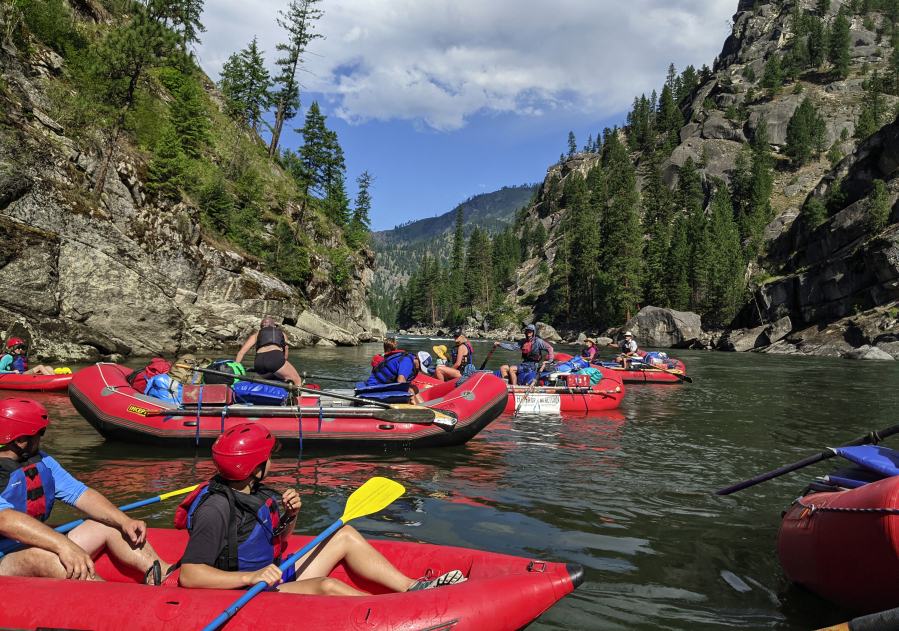SALMON, Idaho — When Lewis and Clark and their Corps of Discovery were in Salmon, Idaho, in 1805 looking for a river that could help speed their journey west, they hoped to find something akin to the Missouri with a slow, gentle flow. Instead, they found the Salmon River, a wild, fast-flowing waterway with imposing boulders, rough rapids and criminals hidden in the hills. They took one look and immediately turned back.
Now, over 200 years later, some 10,000 people a year willingly float down the “River of No Return” on an 80-mile stretch nestled among the 2.3-million-acre Frank Church Wilderness in a canyon that — from river to ridge — is deeper than Arizona’s Grand Canyon.
Often considered a trip of a lifetime, a guided tour down this hostile river offers some unexpected luxury amid untouched wilderness and a true chance to unplug. There is no cell service in the backcountry, no screens to distract you. The outfitters working the river are your ticket down a river nearly as wild and isolated as it was centuries ago.
The Main Salmon River runs for 425 miles across the state of Idaho. It’s one of the longest undammed rivers in the U.S., and for around 200 miles, serves as the dividing line between Pacific and Mountain times.



